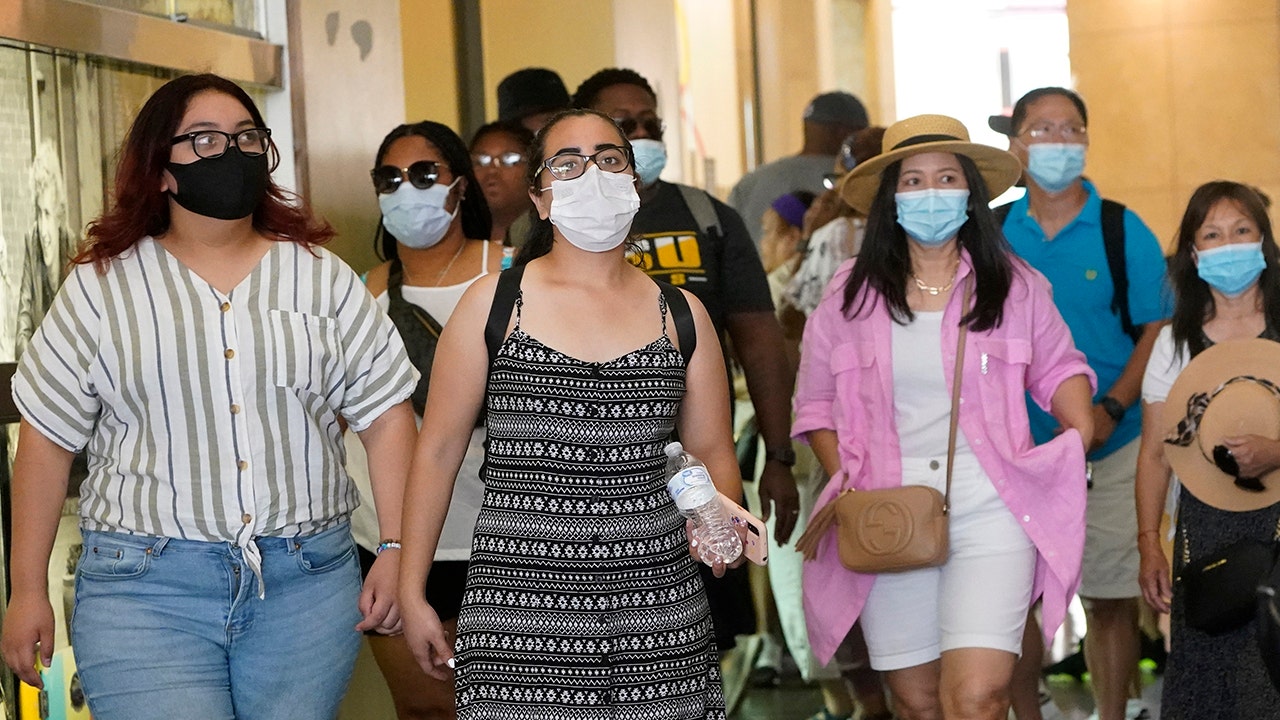How COVID-19 affected relations between the U.S. and China

Five years after the first cases of COVID-19 were reported, the world is still grappling with the ongoing impact of the virus. The World Health Organization recently reported over 3,000 deaths in the last month, adding to the staggering total of more than 7 million deaths since the pandemic began. The virus, which originated in China, has spread rapidly across the globe, causing widespread devastation and changing the way we live our lives.
In the fall of 2019, the world was a very different place. The top stories for U.S. news outlets were dominated by trade negotiations with China and protests in Hong Kong. President Donald Trump expressed optimism about his relationship with China and the possibility of a trade deal. However, behind the scenes, scientists at the Wuhan Institute of Virology were studying bat coronaviruses, unaware of the global pandemic that was about to unfold.
By December, health officials in Wuhan were growing concerned about a new viral pneumonia that was not responding to standard treatments. Cases were linked to a wet market in the city, where various wildlife animals were sold. However, it soon became clear that the virus had spread beyond the market, with cases appearing in patients who had no connection to the marketplace.
As the virus continued to spread, the world began to take notice. Travel restrictions were implemented, and countries evacuated their citizens from China. By mid-February, the death toll had surpassed that of the 2002-2003 SARS outbreak, making COVID-19 one of the deadliest pandemics in recent history.
In the U.S., President Trump assured the public that the country was prepared for an epidemic, but as cases continued to rise, it became clear that the situation was more serious than initially thought. By mid-March, the World Health Organization declared COVID-19 a pandemic, urging countries to take swift and decisive action to contain the virus.
Today, five years after the first cases were reported, the world is still dealing with the aftermath of COVID-19. The virus has changed the way we live, work, and interact with one another. While vaccines have offered hope for a return to normalcy, the ongoing death toll serves as a stark reminder of the devastating impact of the pandemic. As we continue to navigate this new reality, it is important to remember the lessons learned from the past and work together to prevent future outbreaks.




